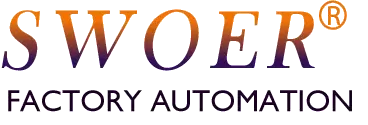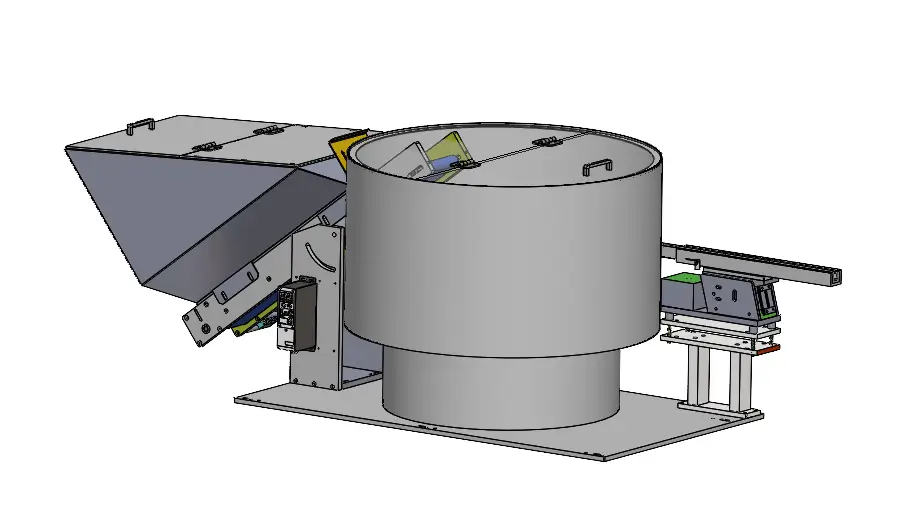Outline
Introduction
- Importance of Vibratory Bowl Feeders in Industrial Automation
- Overview of the Design Process
Understanding the Basics
- What is a Vibratory Bowl Feeder?
- Key Components of a Vibratory Bowl Feeder
- Common Applications and Industries
Selecting a Vibratory Bowl Feeder Supplier and Manufacturer
- Criteria for Choosing a Reliable Supplier
- Evaluating Manufacturer Capabilities
- Importance of Customization and After-Sales Support
Design According to Product Characteristics and Requirements
- Assessing Product Specifications
- Material Considerations
- Size, Shape, and Orientation Requirements
- Throughput and Speed Requirements
Structural Design Considerations
- Bowl Geometry and Design
- Track Design and Surface Finish
- Noise and Vibration Control
- Durability and Maintenance Requirements
Technical Design Elements
- Drive Unit Selection
- Control Systems and Integration
- Power Supply and Energy Efficiency
- Software and Automation Integration
Testing and Prototyping
- Importance of Prototyping
- Testing for Performance and Reliability
- Iterative Design and Adjustments
Introduction
Vibratory bowl feeders are essential components in the field of industrial automation, playing a crucial role in ensuring the efficient handling and orientation of parts. Their ability to systematically feed small parts in an orderly manner makes them invaluable in various manufacturing processes, from electronics to automotive industries. Understanding how to design a vibratory bowl feeder that meets specific requirements is key to optimizing production efficiency and reducing downtime.
The design process involves several stages, starting from selecting a reliable vibratory bowl feeder supplier and manufacturer to understanding the detailed product characteristics and requirements. By carefully considering each aspect of the design, manufacturers can create feeders that are both efficient and durable, tailored to the unique needs of their applications.
In this comprehensive guide, we will explore the various steps involved in designing a vibratory bowl feeder, from the basics to advanced considerations. Whether you are a seasoned engineer or new to the field, this guide will provide valuable insights to help you design an effective vibratory bowl feeder.
Detailed Section: Understanding the Basics
Understanding the Basics
What is a Vibratory Bowl Feeder?
A vibratory bowl feeder is a type of equipment used to orient and feed individual parts in a controlled manner to subsequent processes. This is achieved through vibrations that propel the parts along a track, sorting and positioning them correctly for further operations. These feeders are widely used in various industries, including electronics, pharmaceuticals, and automotive manufacturing.
Key Components of a Vibratory Bowl Feeder
The primary components of a vibratory bowl feeder include:
- Bowl: The component that holds the parts and is designed with a spiral track to guide them.
- Base Unit: Houses the drive unit that creates the vibrations.
- Drive Unit: Generates the necessary vibrations to move parts along the bowl’s track.
- Controller: Regulates the vibration frequency and amplitude.
- Tracks and Liners: Customized to ensure smooth and accurate movement of parts.
Common Applications and Industries
Vibratory bowl feeders are used in numerous applications, such as:
- Electronics: Feeding components like resistors, capacitors, and connectors.
- Pharmaceuticals: Sorting and feeding pills and capsules.
- Automotive: Handling small parts such as bolts, nuts, and clips.
- Packaging: Orienting items like bottle caps and packaging inserts.
By understanding the basics of vibratory bowl feeders, you can better appreciate the nuances involved in their design and application. This foundational knowledge sets the stage for deeper insights into the specific design considerations required to meet diverse industrial needs.


